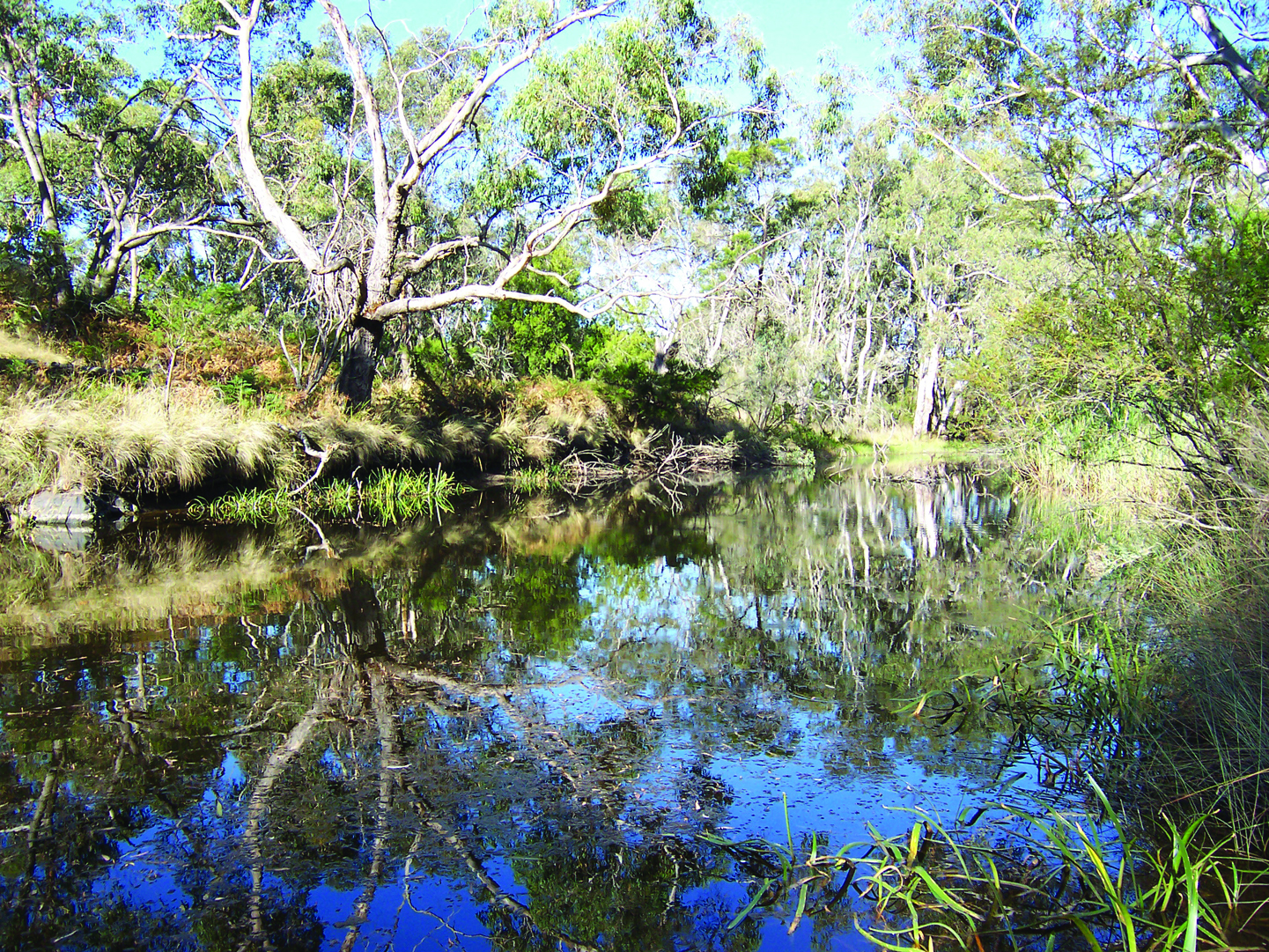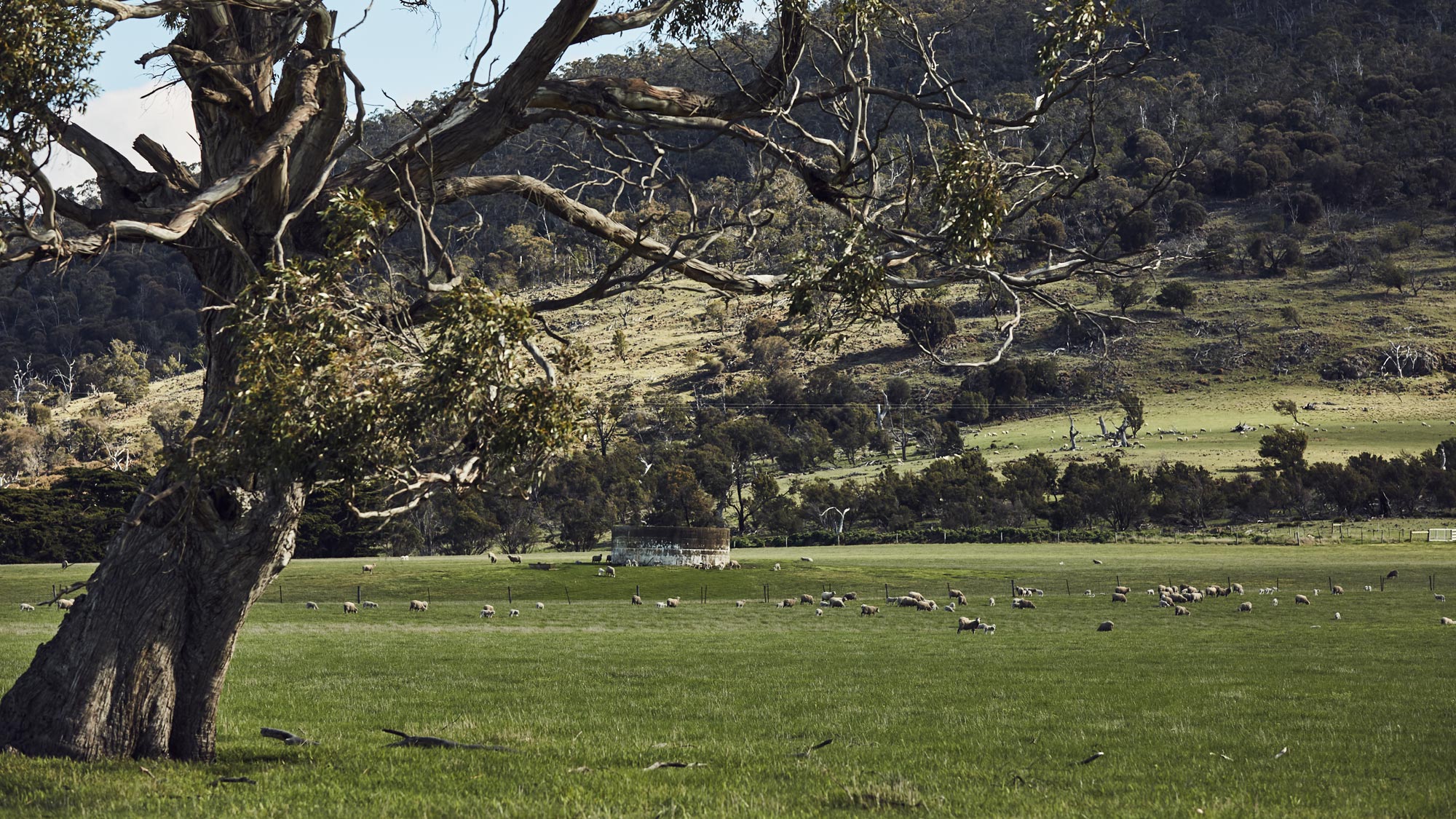Chapter 5.4 Measure, manage and monitor your progress towards the vision for your grazing enterprise
Chapter 5.4 Measure, manage and monitor your progress towards the vision for your grazing enterprise
Background information
Sheep producers have many resources to manage, such as money, people, sheep and other livestock, machinery and land. Many sheep producers regularly check the performance of these resources, particularly money, as part of normal business management.
The monitoring tools and management recommendations in chapter 5.1, chapter 5.2 and chapter 5.3 and other modules will allow to you add your natural assets, weeds and pests to this list and track your progress towards your vision for your grazing enterprise. They may also allow you access to markets for environmentally assured products.
At a glance
- Track your progress towards your vision for your grazing enterprise.
- Work with your family to regularly monitor and document the condition of your natural assets, weeds and pests.
- Carefully record and store your monitoring results.
Maintain a photo record
Monitoring progress is critical in long term projects because it is impossible to remember what things were like at the start and how much ‘progress’ is being made despite the ups and downs of the seasons.
A sequence of photos taken over a period of time can provide a rich source of information to monitor short- and longer-term change resulting from management decisions, climatic conditions/impacts and natural events. Use tool 5.9 to establish and maintain photopoints.
Tool 5.9 and Quickchecks (see signposts) can help you set up photo sites to record change over time. The “before and after” photos in tool 5.10 show how well photos can visually record progress towards your vision over the years.
Label (date, location) and file your photos so you can find them when you need to:
- Locate the site to take another photo at regular intervals
- Prove the multiple benefits arising from your improved management.
Commit to regular monitoring
Define the best month/s to assess the condition of your natural resources, pests and weeds, then take measurements (photos, assessments, counts, etc.) at that time. The timing will vary according to your rainfall pattern (see chapter 8.1 in MMFS Module 8 Turn Pasture into Product):
- Winter and uniform rainfall zones: late autumn (before the break) is often the ‘worst’ for vegetation, groundcover, birds and insects, while mid spring is the ‘best’.
- Summer rainfall zones: spring and autumn can also be the most appropriate periods, but autumn will sometimes be ‘better’ than spring.
Seasonal variations can modify the times, but experience has shown that the twice-per-year/stronger-and-weaker approach is fairly robust over time.
Use the tools suggested in this and other modules to monitor change in soil, pastures, salinity, soil pH, remnant vegetation or any of the key resources you have identified.
Whichever tool or combination of tools you use, clearly identify your monitoring sites and come back to the same areas each time you monitor.
Monitor long-term impacts
Use the monitoring tools repeatedly over time to determine if the condition of your key resources is moving towards or away from your vision. Collect information over a number of years so you can clearly see trends over time.
Don’t commit to a program that is too demanding over time. Quickchecks (see signposts) can help you determine the priority sites and monitoring methods according to your vision for your grazing enterprise. The most important thing is to monitor the priority sites at about the same time each year to establish trends. Write these dates in your calendar or diary and commit to implementing your strategy over time.
Explore market opportunities
New markets have emerged for environmentally assured sheep products as domestic and overseas consumers continue to demand greater transparency in the way a product (meat and wool) is produced.
Chapter 2.2 and tool 2.5 in MMFS Module 2 Market Focused Wool Production explore market opportunities that may be available for credentialled wool. These markets may want proof of your farm’s environmental credentials.
Use one of the self-assessment tools listed in tool 5.12 to document your farm’s environmental credentials.

SIGNPOSTS
WATCH & LISTEN
Spray-grazing is an effective tactic to selectively remove broadleaf weeds from mixed pastures. It is the combination of both herbicide and grazing intensity and timing that greatly influences the effectiveness of this treatment.
Read
AWI has information and case studies relevant to sheep producers on a range of natural resource management issues under the headings of soil, water, biodiversity and regenerative agriculture.
Important information about sheep production in Australia focusing primarily on animal welfare, protecting the environment and health and nutrition. Through a transparent approach, Good Meat informs consumers about the great work of Australian red meat producers and the high-quality product they produce.
Delivers science-backed weed control solutions to growers and advisors for long-term profitability in Australian Agriculture.
Dryland salinity management is part of a whole farm, and preferably a whole catchment, water management plan. Observation will usually give indications of salinity level, and measurement will give the information needed to implement effective management.
Photos and descriptive text to guide you in recognising common plants associated with saline environments in Victoria.
The manual provides information on the latest tools and techniques to help manage current weeds and weeds of emerging economic importance, and at the same time maintain our arsenal of herbicide modes of-action into the future.
Use
A decision-making tool that allows rapid assessment of pasture condition in the medium to high rainfall zones of southern Australia, northern NSW and the WA wheatbelt.
Attend
A one-day workshop that gives producers a broad understanding of the environment in which they operate and the core principles behind successfully maintaining grazing land condition and long-term productivity.






